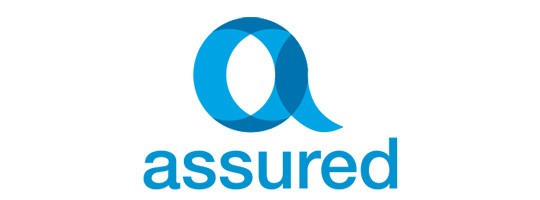
So-called “smart” homes are the latest trend among homeowners, but should investors use them to drive up rental yields?
Like so many things in real estate, that depends on a number of factors; your own personal financial situation, the property itself, market conditions and improvement costs.
It also depends upon how “automated” you want the home to be.
There are a wide range of products on the market, ranging from automated locks to whole house systems, therefore the product(s) you choose, if you choose to automate at all, will dictate your improvement costs and ultimately your profit.
Potential advantages
• Advertising that your home has smart, money saving features can be advantageous in a tight rental market or even if you’re selling to an owner occupier.
• If the market potential allows you can command higher rents for the “smart” upgrades you’ve done.
• The convenience of smart systems can potentially encourage tenants to renew their leases.
• You can experience a significant reduction in costs if you’re paying utilities. This alone can improve your home’s ROI.
Following are some of the most common ways to automate the systems of a home, including some of the pros and cons of each.
1. Lighting
Pros:
• Saves money
• Enhances security
Cons:
• Older properties may require electrical system updates
• Can be costly, depending upon the system needed
• Possibility of being hacked
2. Appliances
Pros:
• Saves money by managing energy and/or water use
• Improves efficiency by reducing power usage at certain times of the day
Cons:
• Much more expensive than standard appliances
• Not a ‘must have’ for renters
• Not likely to justify a higher rent
3. Keyless entry
Pros:
• Allows you to give temporary authorization to access the property
• Can give you a record of visitors to the property (good for use when vacant or work is being done on the property)
• Can be changed for new tenants, reducing cost of a new lock
Cons:
• Vulnerable to hacking
• Can need to be reconfigured or re-booted
4. Automated security systems
Pros:
• Can adjust as needed (e.g. lights only, lights plus cameras, etc.)
• Can discourage break-ins
• Give both you and your tenants peace of mind
Cons:
• Can pick up interference from other wireless devices, triggering a false alarm
• Can be hacked
5. Irrigation systems
Pros:
• Reduce cost by eliminating daily upkeep of the landscape
• Can be synced with the weather forecast to prevent watering unnecessarily
• Some systems can sense the moisture in the soil to determine how much water is being used
• Can manage the amount of water given according to plant species (e.g. desert plant vs flower)
Cons:
• Can be very expensive to set up.
• Are costly to maintain, repair or replace
• Might be more expensive than paying someone to manage the landscape
6. Thermostats
Pros:
• Save money
• Increase comfort (adjust temperature before you arrive home)
• Can manage the temperature remotely if you’re between tenants
• Can reduce temp in unused areas
• Can be programmed to turn off and on
• Can adapt to the user, automatically conserving energy when nobody’s home
Cons:
• Can be unreliable
• Can be hacked
You must understand your property’s market demographic to avoid overcapitalising. There’s no point to these upgrades unless you can expect to realise a return on your investment.
If you do choose to go ahead with smart upgrades be sure to shop around as the price range for each of these systems can vary greatly.
Source: 9/10/2016 Your investment property – Sam Saggers – http://www.yourinvestmentpropertymag.com.au/expert-advice/sam-saggers/6-smart-upgrades-that-appeal-to-tenants-224038.aspx
The information in this article is of a general nature only and does not consider your personal objectives, financial situation or particular needs

